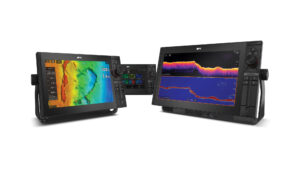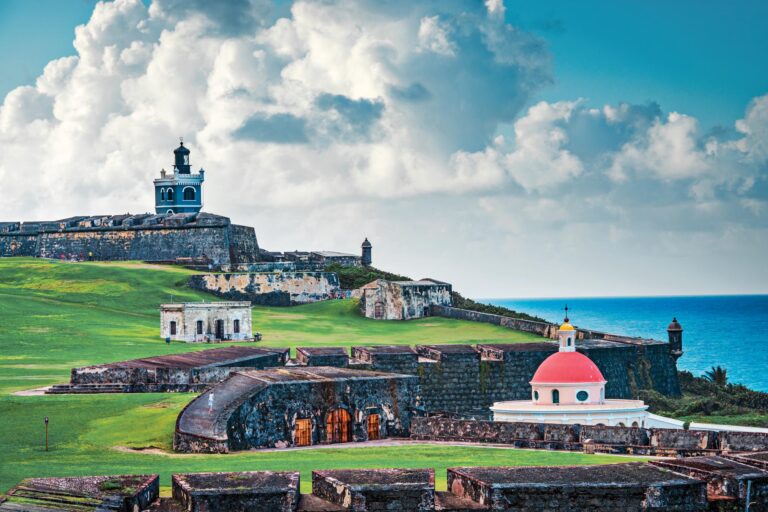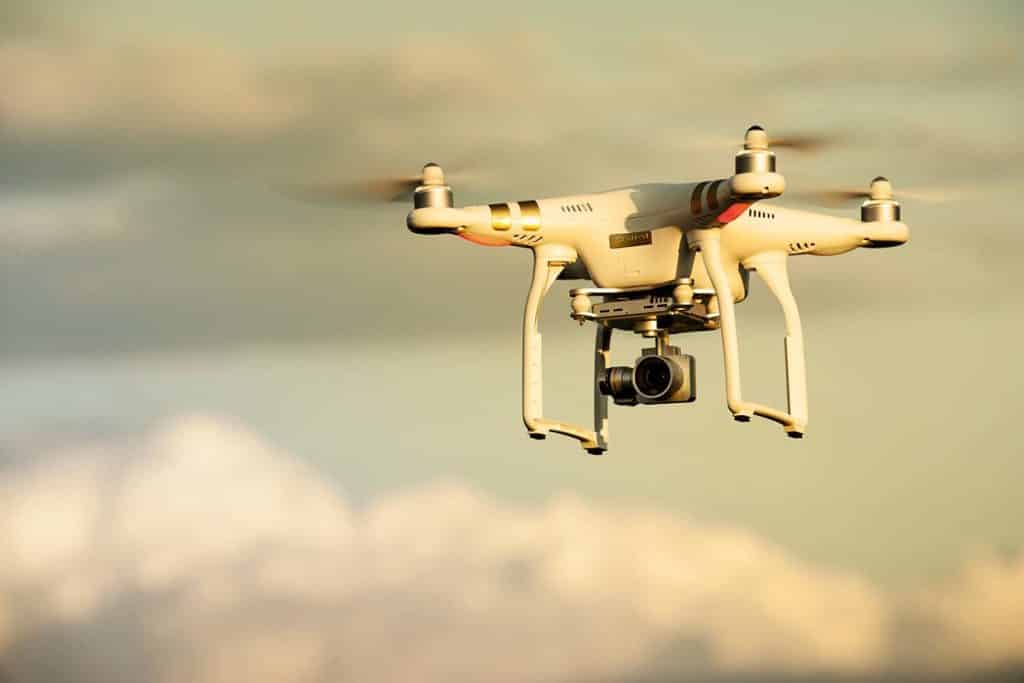
I popped my head out of the bathtub-warm waters off Maui’s Makena Landing Park, where my wife and I were investigating the local green sea turtle population. Suddenly, a faint, strange buzzing caught my ear.
I scanned the horizon for a helicopter, but I came up shy. Then a flash of sunlight glinted off a tiny aircraft hovering 20 feet above the brine, officially marking my first in-the-wild drone sighting.
I watched the drone make a few passes along the surf break and realized the art of shooting imagery of boats — and the boating lifestyle — had changed forever. Remote-controlled (RC) aircraft have existed for decades, but they were simply designed to fly, not to perform GPS-aided tasks like shooting video, autonomously hovering or returning home at the press of a button. Today’s consumer drones, most with a “quadcopter” design, can do all of that and sometimes more.
“If you’ve ever tried to fly an RC helicopter, you’ll know it’s fairly difficult to take off, keep aloft and land,” says Adam Najberg, spokesman for DJI, a manufacturer of civilian drones. “Because [a quadcopter] has four rotors, it’s inherently more stable and easier to fly.”
STOP THE PRESSES!
DJI and FLIR just announced a partnership to develop thermal-imaging technology for aerial drones. The first of these new cameras — the Zenmuse XT — is compatible with DJI’s Inspire 1 and Matrice M100 aerial drones, and it will be available this year.
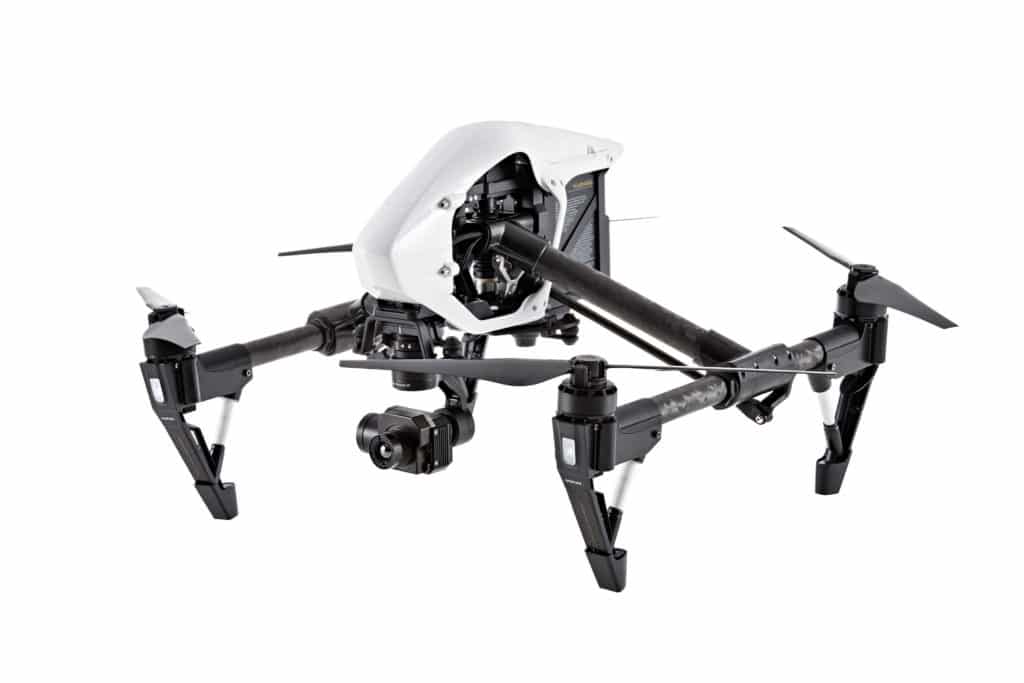
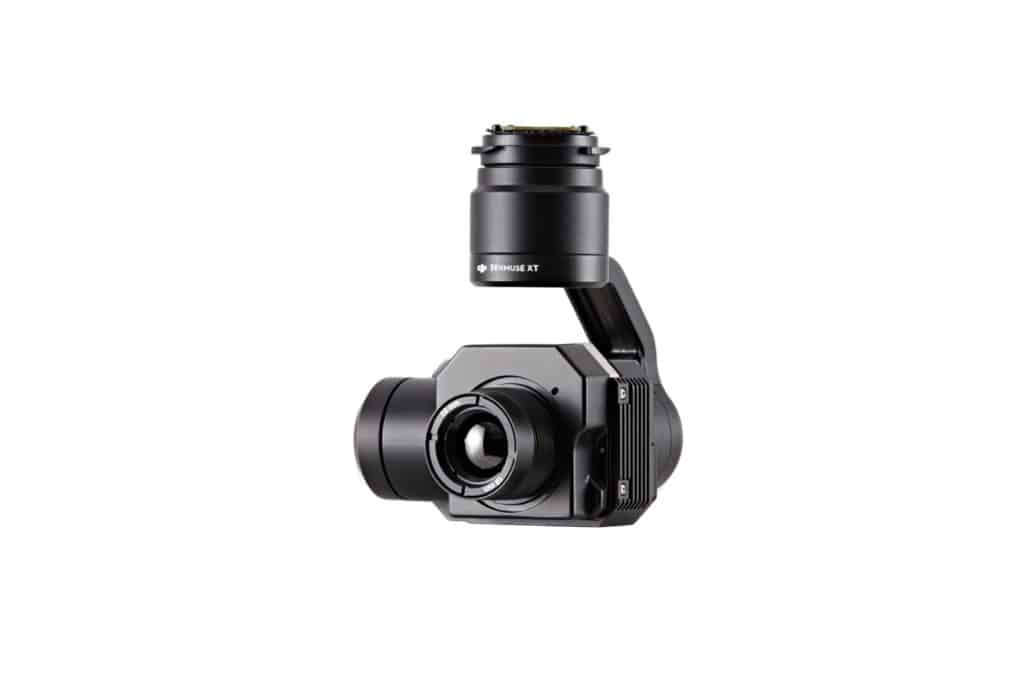
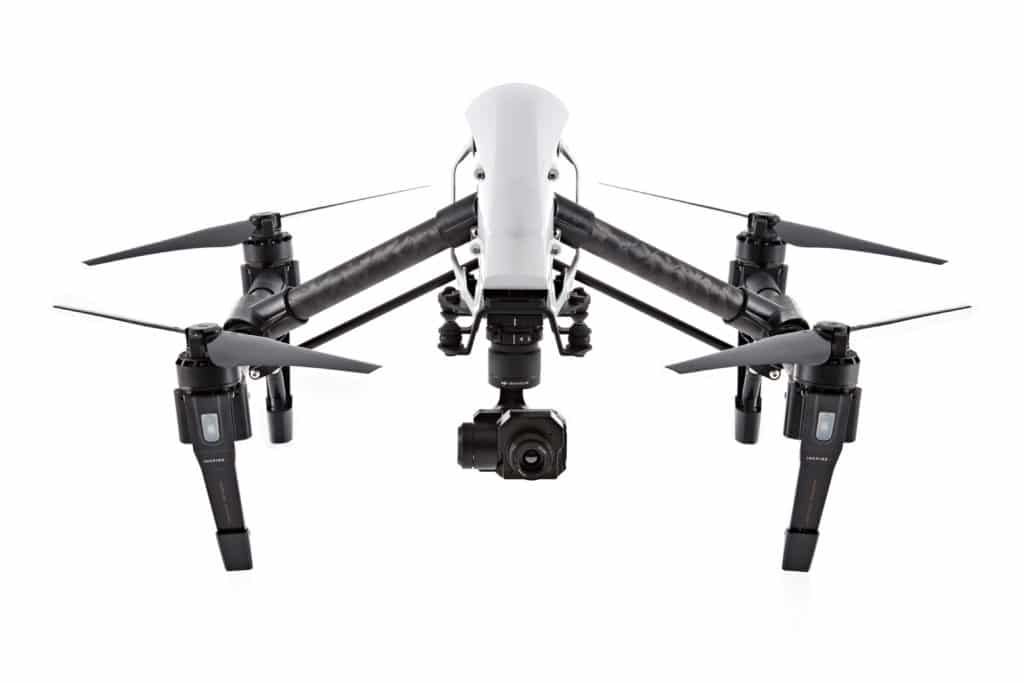
Recreational drones didn’t evolve until advanced stabilization systems became available around 2011-12, allowing the drones to function autonomously. This was key because operators need to master two challenges: safely piloting the drone and capturing imagery.
“With satellite navigation, you [can] take your hands off the controls — even drop the remote control by accident — and your [DJI] drone stays right where it is,” Najberg says.
Recreational drones are commonly composed of a GPS-enabled unmanned aircraft system (UAS), an onboard camera and a handheld remote control (or smartphone with a compatible flying app). Equipment depending, drones can stream live imagery to a monitor (i.e., a smartphone/tablet docked to the controller) while letting a user pan, tilt and operate the shutter. Drones are typically powered by lightweight lithium-polymer or lithium-ion batteries, providing flight times of about 10 to 25 minutes.
“If your drone or app allows autonomous control, it’s imperative you understand its collision-avoidance abilities.”
As with many RC devices, drones (and their cameras) respond to control signals sent via radio frequencies. This limits their range to the reach of their operating frequency. Some drones have a beginner mode that further limits the unit’s out-of-the-box range. Additionally, DJI employs geofencing software on its new models that utilizes geospatial data from AirMap to prevent a user from accidentally flying into (or launching in) restricted airspace. However, users are still responsible for operating their aircraft safely and responsibly, irrespective of geofences (see “Rules Aloft”).
While lower-cost drones typically sport low-resolution cameras, more sophisticated drones feature high-resolution still and video cameras. For example, a GoPro or a Garmin VIRB mounted onto gimbaled assemblies ensures a steady and level horizon. More recently, DJI started manufacturing a proprietary camera specifically designed for drone flight.
“The controls are mostly electronic and on board the drone, not the camera,” Najberg says of DJI’s Osmo camera, which has 4K resolution, three-axis gimbaled stabilization and a smart control handle.
Piloting a drone is a fresh challenge for many boaters-cum-photographers, but contemporary drones typically have software that simplifies flight. Some units are designed to follow a user-carried tracking device and film the scene unfurling below. Other manufacturers, including DJI, provide software developer kits that allow tech-savvy users to create bespoke apps with a “follow me” feature. If your drone or app allows autonomous control, it’s imperative you understand its collision-avoidance capabilities and that you always operate your drone with an abundance of caution.
Still, many UAS operators get into flying because it’s fun, and it’s a great way to capture imagery while out boating. “Flying is easy, but you’ve got to be willing to lose [or crash] the drone,” says Christopher Rotella, the owner of Eagle Eye Aerial Filmworks, a Florida-based business that uses drones to shoot yachts, events and real-estate listings. “Learn to fly the drone — and to get the shot — without the [camera-feed] screens. Once flying is second nature, you can add the screen.”
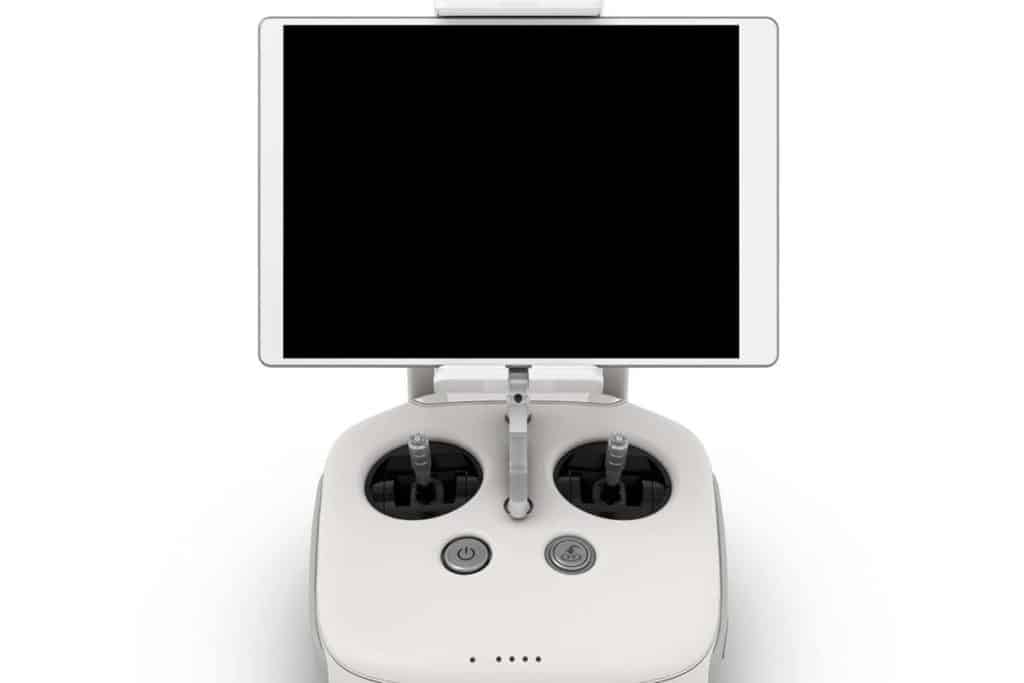
Rotella recommends that users pack four batteries, extra rotor blades, extra 30- to 60-gigabyte microSD cards and a laptop, as well as an external hard drive, which can be used to back up footage should a drone drown.
Editing is the final consideration, one that can be ameliorated with user-friendly video-editing software such as iMovie, as well as some mindful piloting. “I fly my footage as if I’m not going to edit it,” Rotella says. “I [concentrate on] flying smoothly and panning slowly. You need to think like a movie director … getting awesome angles means less editing.”
While mastering piloting is important, editing is a unique skill set that requires practice, patience and possibly a bit of help (say, from a tech-savvy child or grandchild). And if you shoot stills, Rotella suggests turning these into a video collage that fades from one image to the next: “It’s a cool way to present a vacation.”
RULES ALOFT
Federal Aviation Administration rules require almost all recreational-drone operators to register their unmanned aircraft system. Owners can register at faa.gov/uas/registration; a fee of $5 per drone gets you a 3-year certificate. The FAA also recommends that all drone pilots:
Maintain control of their aircraft.
Maintain direct visual contact with their aircraft.
Never fly near aircraft that is manned.
Contact the control tower if flying within 5 miles of an airport.
Avoid crowded areas and stadiums.
Fly below the established 400-foot ceiling (500 feet above open water).
Never fly an uncertified drone that weighs more than 55 pounds.
Never fly over people. Beginner pilots are encouraged to take flying lessons and log hours at a local model-aircraft club. Fly sober, avoid restricted airspaces and follow safety guidelines established by the local aeromodeling community.

